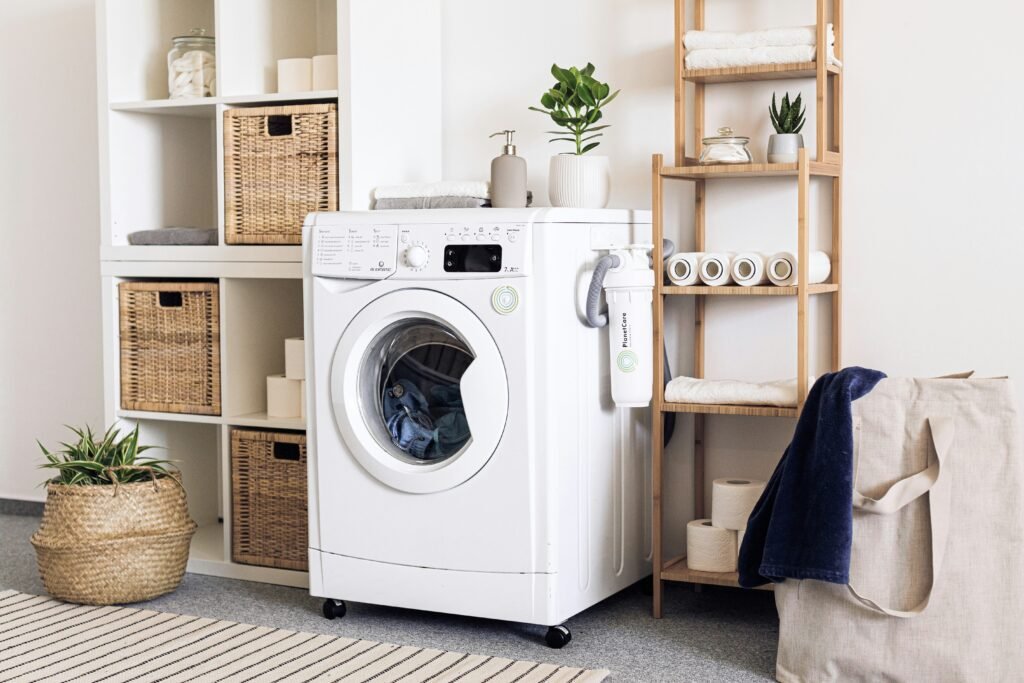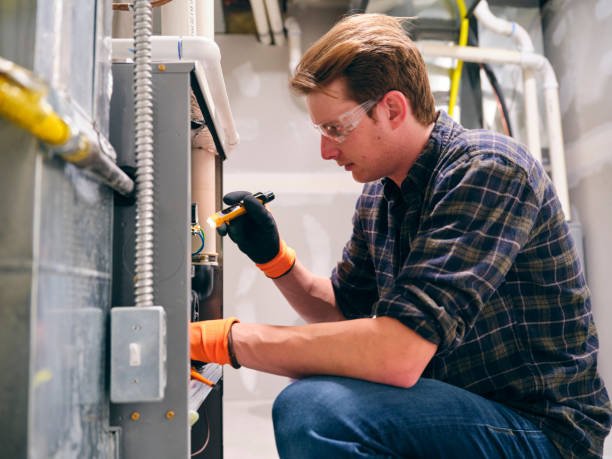
As winter settles in and temperatures drop, a malfunctioning furnace can quickly transform your cozy
home into a cold and uncomfortable space. I recently experienced this firsthand, which inspired me to
write a quick guide on how to navigate this unpleasant situation. Understanding the basic steps to address
furnace issues is crucial for keeping your home warm and comfortable during the colder months.
This guide offers practical tips and strategies for troubleshooting common furnace problems. By focusing
on key components like the thermostat, power connections, air filter, and ignition system, you’ll be better
equipped to identify and resolve issues efficiently. The goal is to provide you with clear, actionable advice
that emphasizes innovation and quality, ensuring your home remains a warm haven.
Whether you’re a seasoned DIY enthusiast or new to furnace maintenance, these insights will help you
maintain your heating system with confidence. From simple checks to knowing when it’s time to call in a
professional, you’ll feel empowered to tackle furnace challenges and restore warmth to your home quickly.
With the right approach, even a faulty furnace can be revived, ensuring your home stays comfortable all
winter long.
Step 1: Evaluate the Thermostat Settings
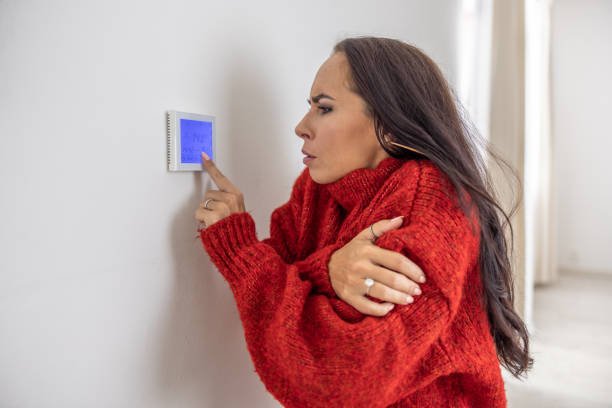
The first step in addressing heating issues is to evaluate the thermostat settings, as this device directly
controls when and how your furnace operates. Start by ensuring your thermostat is set to “heat” mode.
While it may seem like a basic detail, this simple setting is crucial for your system to function properly. Next,
verify that the temperature setting is higher than the current room temperature.
If your thermostat is battery-operated, check the batteries and replace them if necessary. Low batteries
can prevent the thermostat from communicating effectively with your furnace, causing it to remain inactive.
If your thermostat is programmable, it’s important to review the schedule settings to ensure they align with
your current needs. Sometimes, pre-set programs may not reflect the current time or your preferred
temperature, leading to unnecessary furnace downtime.
Additionally, consider the thermostat’s location. If it’s placed in an area exposed to direct sunlight or near a
heat source, it may provide false readings, causing the thermostat to think the room is warmer than it
actually is.
For those with modern thermostats featuring Wi-Fi connectivity and smartphone app controls, double-
check that the device is properly connected and updated to ensure optimal functionality. This can enhance
both the efficiency and reliability of your heating system.
Finally, if you’ve recently installed a new thermostat, verify that the wiring connections are secure and
correctly configured.
By carefully evaluating your thermostat’s settings and making any necessary adjustments, you can often
resolve heating issues without the need for professional intervention. This simple yet essential step helps
ensure your home stays comfortable and warm throughout the colder months.
Step 2: Diagnosing Furnace Power Connection
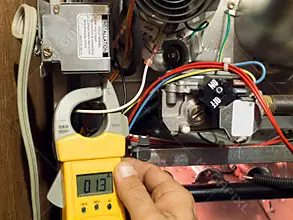
If your furnace isn’t working, checking the power connection is a next crucial step in diagnosing the issue.
Here’s how you can ensure everything is in order:
- Start by confirming that the furnace is securely plugged into the power source. Additionally, check that the switch on or near the unit is turned on. It’s not uncommon for these switches to be accidentally turned off, especially during routine household activities.
- Next, head to your home’s circuit breaker or fuse box and look for any tripped breakers or blown fuses that might be interrupting the power supply to the furnace. If you spot a tripped breaker, simply reset it by flipping it back to the ‘on’ position. For a blown fuse, replace it with one of the same rating to restore power. If breakers continue to trip or fuses keep blowing, this could point to an underlying electrical problem that requires professional attention.
- Many furnaces feature a power disconnect switch, typically located on the furnace itself or on a nearby wall. Ensure this switch is in the ‘on’ position. It’s easy to mistake this switch for a light switch, and it may have been inadvertently turned off.
- Some modern furnaces come equipped with a safety feature such as a reset button. If your furnace has one, refer to your furnace’s manual to locate it and follow the instructions. Pressing the reset button can sometimes resolve the issue by resetting the system’s electrical components.
- Finally, check for any visible wiring issues around your furnace. Loose or damaged wires can disrupt the power flow and prevent your furnace from functioning properly. If you notice any issues with the wiring, it’s important to contact a professional technician to ensure safe and effective repairs.
- By following these steps, you can easily diagnose and address any power-related issues with your furnace. However, If you notice any wiring issues, it’s advisable to contact a professional technician to avoid safety hazards.
Step 3: Check the Condition of the Air Filter
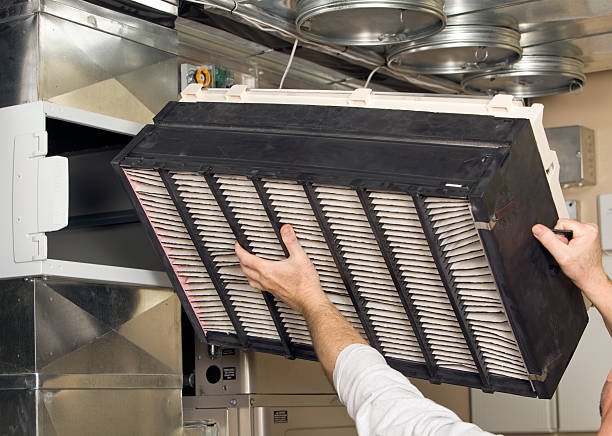
A clean air filter is essential for proper airflow, ensuring your furnace operates as efficiently as possible.
Maintaining the air filter is a key step in optimizing both performance and energy efficiency.
Start by locating the air filter, which is typically found within the blower compartment or an external
housing. Once you’ve located it, carefully remove the filter and inspect its condition.
If the filter appears dirty or clogged with dust and debris, it’s time for a replacement. Running your furnace
with a clogged filter can reduce efficiency, increase energy consumption, and even cause damage to the
system over time. A clean filter not only improves furnace operation but also contributes to better indoor
air quality by trapping dust, pollen, and other airborne particles.
When selecting a replacement filter, refer to your furnace’s manual to ensure you choose the correct size
and type. Filters come in different materials and efficiency ratings, so it’s important to pick one that meets
your system’s specific requirements.
If you have pets or live in a dusty environment, it’s a good idea to check the filter more frequently. Regularly
inspecting and replacing the air filter is an easy and effective way to maintain your furnace’s reliability.
Keeping the filter clean ensures your furnace operates efficiently, providing consistent and comfortable
heating throughout the winter season.
Step 4: Inspect the Pilot Light or Ignition System
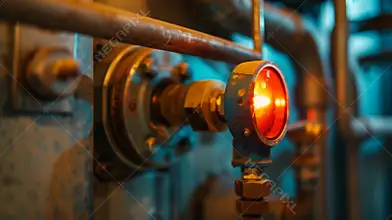
For those with older furnace models, checking the pilot light is an essential troubleshooting step. The pilot
light should remain lit; if it’s out, you’ll need to relight it following the manufacturer’s instructions. It’s
important to follow safety guidelines carefully during this process to avoid accidents or damage.
For newer furnace models, electronic ignition systems have replaced the traditional pilot light. In these
systems, check that the ignition process is functioning properly. If the furnace fails to ignite, the issue may
be related to the electronic components. In many cases, a simple reset can resolve minor glitches.
However, persistent ignition problems could signal faulty sensors or connections that require professional
repair.
Additionally, be sure to check for any error codes on your furnace’s control panel. These codes can provide
valuable insights into what might be causing ignition failures. Understanding how your specific model
handles ignition will help you troubleshoot more effectively. If you’re unsure, consulting your furnace’s
manual can offer guidance on interpreting error codes and performing basic troubleshooting steps.
Maintaining a properly functioning ignition system is key to ensuring reliable heating. By addressing any
ignition-related issues, you can keep your furnace operating smoothly and your home warm throughout the
season.
Step 5: Pay Attention to Any Unusual Sounds
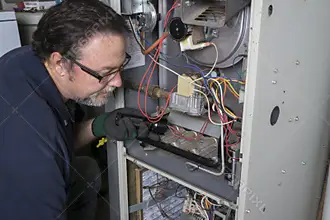
While it may seem trivial, paying close attention to unusual sounds coming from your furnace is an
essential diagnostic step. Changes in the sounds your furnace makes can be an early warning sign of
underlying issues.
For example, a high-pitched whistling sound often indicates restricted airflow, which could be due to a dirty
air filter or blocked vents. Rattling noises may suggest loose components or unsecured ductwork, while
banging sounds could point to ignition delays or the expansion and contraction of metal parts. These
auditory clues are vital for pinpointing specific problems within your heating system.
A grinding noise, for instance, typically signals worn-out motor bearings and should be addressed
immediately to prevent more significant damage. A well-maintained furnace should run quietly, so any
deviation from this norm is a signal that something needs attention.
By listening carefully to these sounds, you can take proactive steps to address issues before they worsen.
Monitoring your furnace’s noises is an effective way to maintain its performance and ensure consistent
comfort in your home throughout the heating season.
Step 6: Consider Contacting a Professional
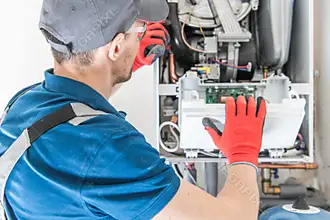
If you’ve followed all the previous steps and your furnace still isn’t functioning properly, it may be time to
seek the expertise of a professional technician. A skilled technician brings specialized knowledge and
tools that can diagnose and repair issues that may be too complex for the average homeowner to handle.
They can address intricate problems within your furnace’s components, ensuring a thorough and lasting
solution.
Engaging a professional also provides peace of mind. Technicians are extensively trained and certified,
giving them the expertise to work with various furnace models and resolve a wide range of problems. They
can conduct detailed inspections, identify hidden issues, and offer personalized advice to prevent future
malfunctions.
Regular professional maintenance is also key to extending the lifespan of your furnace. By scheduling
annual check-ups, you ensure your system receives the care it needs to operate efficiently. These routine
inspections can catch potential issues early, saving you from costly repairs in the future.
Additionally, a professional technician can optimize your system’s energy efficiency. They can make
adjustments and provide recommendations that might not be immediately obvious, leading to lower
energy bills and a more environmentally friendly home.
While DIY solutions can be effective for minor issues, professional intervention is essential for ensuring the
safety, efficiency, and longevity of your furnace. Investing in expert support not only addresses current
problems but also improves your heating system’s overall health. Trusting professionals ensures your home
remains warm and comfortable, even during the coldest months.
Thank you for visiting CerebraVoyage!
